The intricate web of cell death pathways has long fascinated researchers, but few areas have generated as much excitement and confusion as the emerging understanding of pyroptosis signaling crosstalk. This inflammatory form of programmed cell death, once considered a straightforward caspase-1-mediated process, has revealed astonishing complexity in its regulation and interaction with other cellular pathways.
At the heart of pyroptosis lies the inflammasome complex, a molecular platform that activates inflammatory caspases. What makes current research particularly compelling is the discovery that these pathways don't operate in isolation. The traditional view of linear signaling cascades has given way to a more nuanced understanding of extensive cross-communication between pyroptosis and other cell death mechanisms, creating what some have called a "cellular conversation" that determines cell fate.
The NLRP3 inflammasome has emerged as a central hub in this crosstalk. Once activated by diverse stimuli ranging from microbial components to metabolic danger signals, it initiates pyroptosis through caspase-1 activation. However, recent studies show this same inflammasome can influence and be influenced by apoptotic pathways. The cleavage of gasdermin D, the executioner protein of pyroptosis, appears to be regulated by apoptotic caspases under certain conditions, blurring the lines between these distinct death programs.
Perhaps even more surprising is the interaction between pyroptosis and necroptosis. The kinase RIPK3, long considered specific to necroptosis, has been found to promote gasdermin D cleavage in some contexts. This revelation challenges our categorical separation of these pathways and suggests cells may employ hybrid death mechanisms when faced with particular threats. The implications for infectious disease and cancer therapy are profound, as these overlapping pathways could be manipulated for therapeutic benefit.
Metabolic regulation adds another layer of complexity to pyroptosis crosstalk. Cellular energy status and mitochondrial function influence which death pathway predominates. For instance, when glycolysis is inhibited, cells may shift from pyroptosis to apoptosis, while reactive oxygen species can push the balance toward inflammatory death. This metabolic control creates a dynamic system where cellular context determines the outcome of death signaling.
The immune consequences of this crosstalk are far-reaching. Pyroptosis was originally characterized by its ability to release pro-inflammatory cytokines, but we now understand that its interaction with other death pathways modulates the immune response in sophisticated ways. Apoptotic cells typically promote tolerance, while pyroptotic cells trigger inflammation. The emerging paradigm suggests that mixed signals from cells undergoing multiple death processes may create graduated immune responses tailored to specific threats.
One of the most clinically relevant aspects of this crosstalk involves the balance between protective and pathological inflammation. In autoimmune diseases, excessive pyroptosis contributes to tissue damage, while in cancer, insufficient inflammatory cell death may allow tumors to evade immune surveillance. Understanding how pyroptosis intersects with other death pathways could lead to therapies that fine-tune this balance - enhancing anti-tumor immunity while restraining autoimmune reactions.
Therapeutic targeting of pyroptosis crosstalk faces significant challenges but holds tremendous promise. Small molecules that modulate inflammasome activity without completely blocking pyroptosis are in development, as are strategies to redirect cells from one death pathway to another. The key will be developing agents that can navigate this complex signaling network with sufficient precision to achieve therapeutic effects without disrupting beneficial inflammatory responses.
As research continues to unravel the complexities of pyroptosis crosstalk, one thing becomes clear: cell death is not the simple, linear process we once imagined. Rather, it represents a sophisticated communication network where pathways intersect, compete, and collaborate to determine cellular fate. This new understanding transforms how we view fundamental biological processes and opens exciting possibilities for treating disease by manipulating these intricate death dialogues.
Future directions in the field will likely focus on mapping the precise molecular mechanisms of crosstalk, developing tools to observe these interactions in real time within living organisms, and translating this knowledge into targeted therapies. As we continue to explore this fascinating area of biology, we may find that the conversations between cell death pathways are as important as the pathways themselves in maintaining health and fighting disease.

By Thomas Roberts/Apr 19, 2025

By Michael Brown/Apr 19, 2025
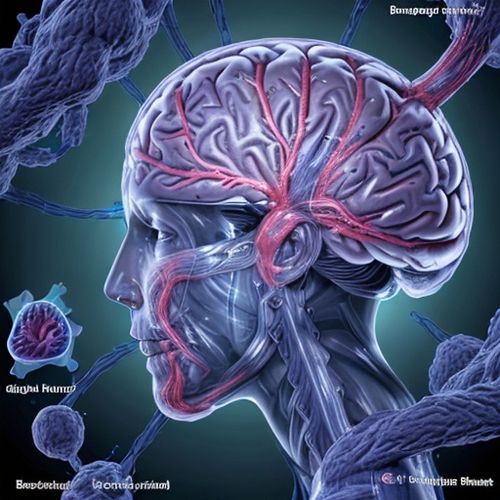
By Victoria Gonzalez/Apr 19, 2025

By Benjamin Evans/Apr 19, 2025

By Eric Ward/Apr 19, 2025

By Emily Johnson/Apr 19, 2025
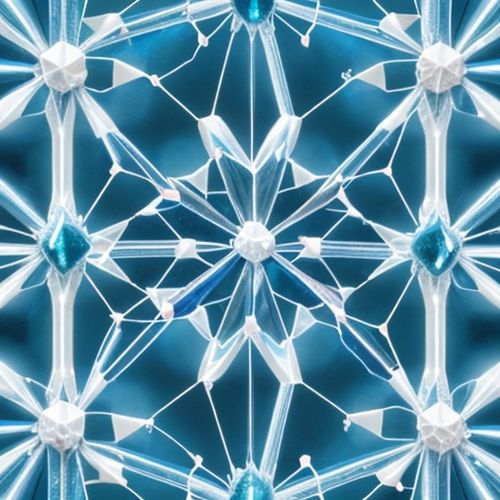
By David Anderson/Apr 19, 2025

By Olivia Reed/Apr 19, 2025
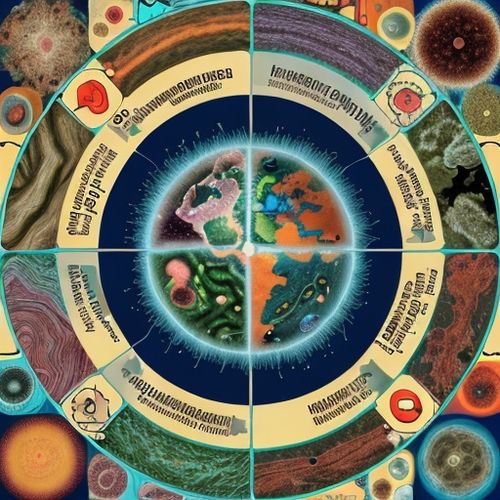
By Emma Thompson/Apr 19, 2025

By William Miller/Apr 19, 2025
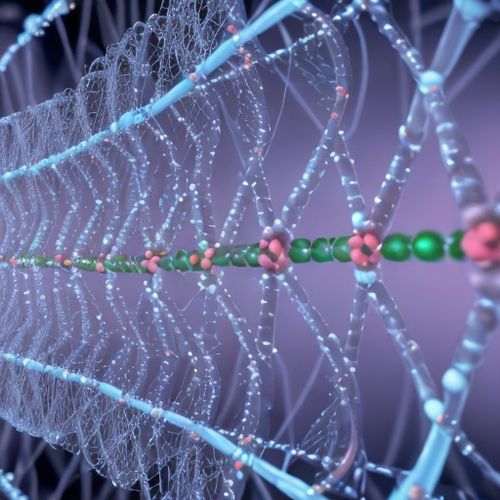
By Laura Wilson/Apr 19, 2025
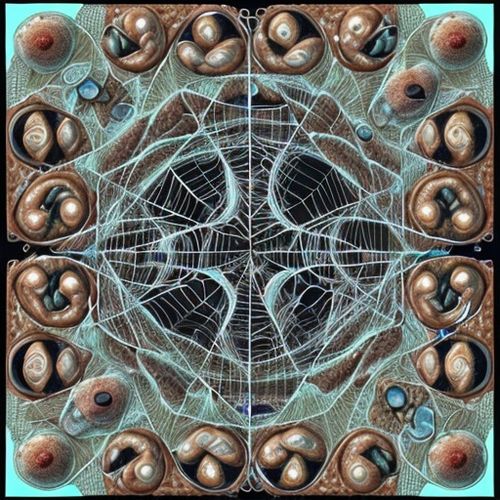
By Emma Thompson/Apr 19, 2025

By John Smith/Apr 19, 2025

By John Smith/Apr 19, 2025
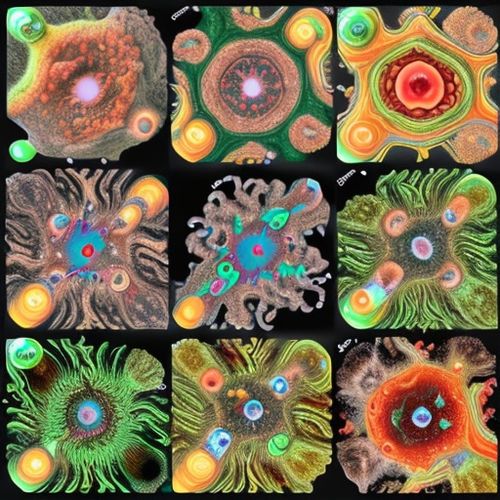
By James Moore/Apr 19, 2025
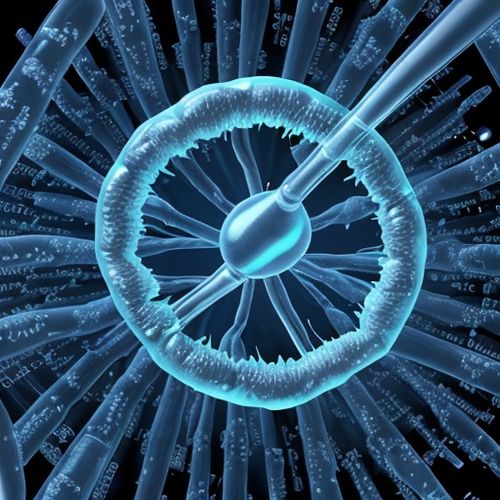
By Michael Brown/Apr 19, 2025

By John Smith/Apr 19, 2025

By Noah Bell/Apr 19, 2025

By Emma Thompson/Apr 19, 2025

By Benjamin Evans/Apr 19, 2025